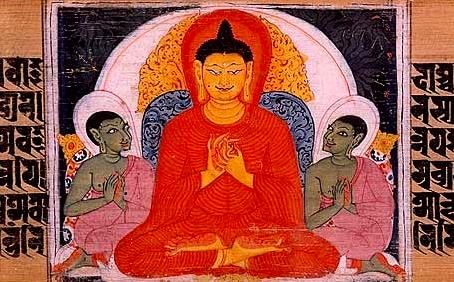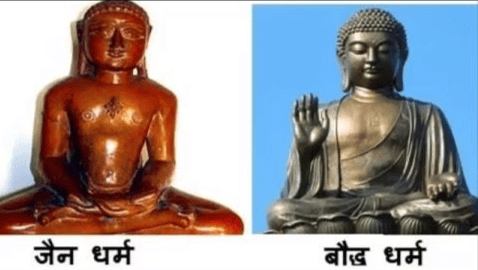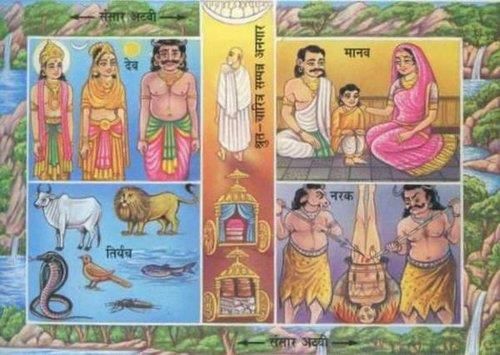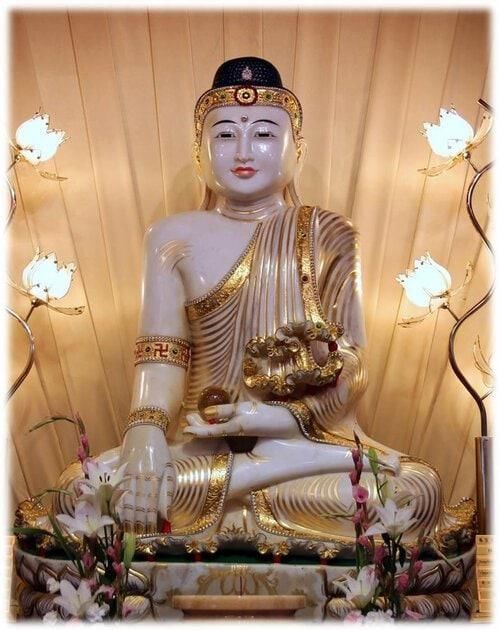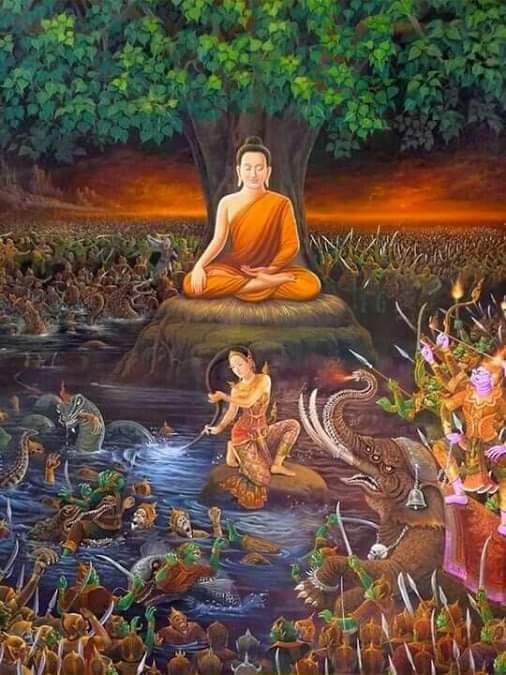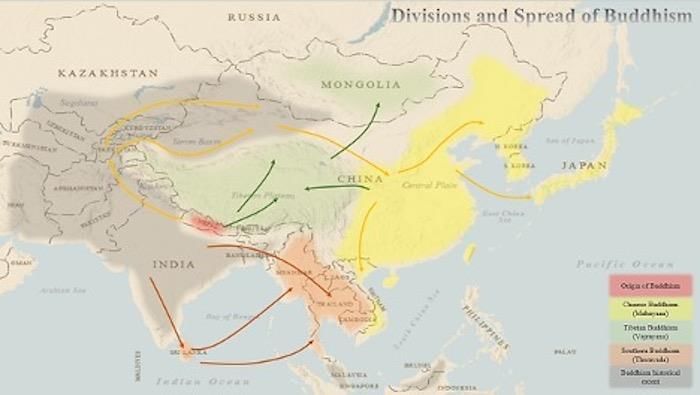|
Card: 1 / 40 |
What are the primary means through which the ideas of philosophers have been preserved over the centuries? |
|
Card: 2 / 40 |
The ideas of philosophers have been preserved through oral and written texts, architecture, and sculpture. |
|
Card: 3 / 40 |
Fill in the blanks: Buddhism was developed as part of a broader landscape where multiple traditions engaged in ongoing ___ and ___. |
|
Card: 5 / 40 |
True or False: The stupa at Sanchi is one of the least well-preserved monuments from the period of ancient philosophies. |
|
Card: 6 / 40 |
False. The stupa at Sanchi is among the most well-preserved monuments from this period. 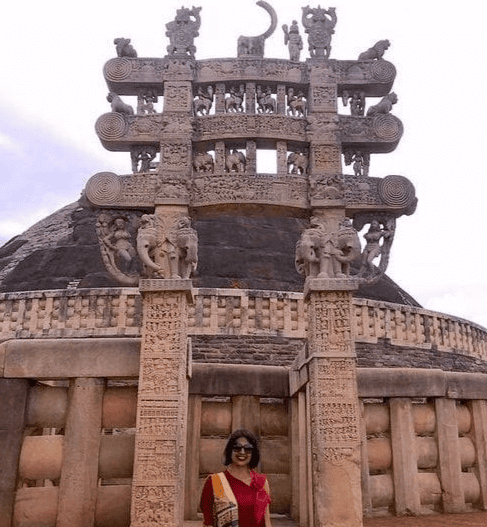 |
|
Card: 7 / 40 |
What role do historians play in exploring the ideas and beliefs of ancient philosophies? |
|
Card: 8 / 40 |
Historians rely on diverse sources such as Buddhist, Jaina, and Brahmanical texts, along with material evidence like monuments and inscriptions. 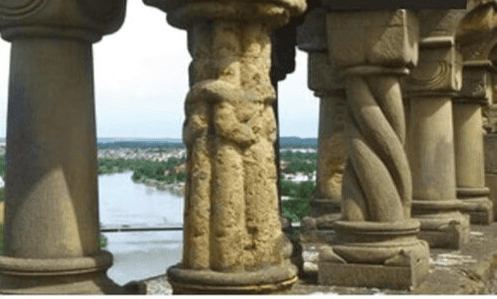 |
|
Card: 9 / 40 |
Fill in the blank: Buddhism did not develop in ___; it emerged in a context rich with other traditions. |
|
Card: 12 / 40 |
The rulers of Bhopal, Shahjehan Begum and Sultan Jehan Begum, provided financial support for the preservation of the ancient site of Sanchi. 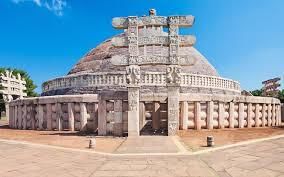 |
|
Card: 13 / 40 |
True or False: The Rigveda is a collection of hymns that were used exclusively for individual household sacrifices. |
|
Card: 14 / 40 |
False. The Rigveda consisted of hymns for both collective sacrifices and later for individual household sacrifices. |
|
Card: 15 / 40 |
What philosophical themes are explored in the Upanishads from around the sixth century BCE? |
|
Card: 16 / 40 |
The Upanishads reflect a deep curiosity about the meaning of life, the possibility of life after death, and the concept of rebirth. 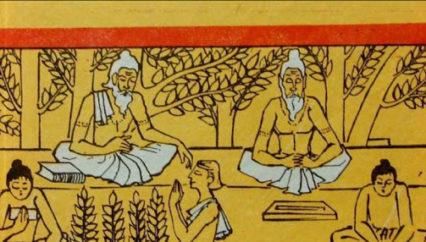 |
|
Card: 17 / 40 |
Fill in the blank: Mahavira and Buddha questioned the authority of the Vedas and emphasized ___ agency. |
|
Card: 19 / 40 |
Multiple Choice: Which of the following sacrifices was performed by chiefs and kings with the help of Brahmana priests? A) Rajasuya B) Ashvamedha C) Both A and B D) None of the above |
|
Card: 22 / 40 |
Ahimsa, or non-violence, is a core principle in Jainism that emphasizes respect for all living beings, influencing broader Indian thought and ethical practices. 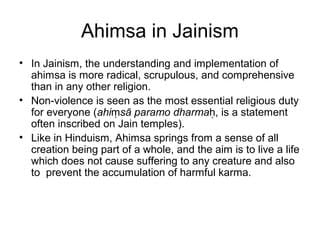 |
|
Card: 24 / 40 |
The five vows taken by Jaina monks and nuns are: to abstain from killing, stealing, and lying; to observe celibacy; and to abstain from possessing property. 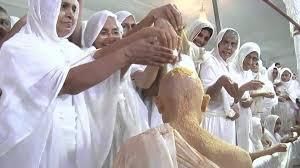 |
|
Card: 25 / 40 |
The cycle of birth and rebirth in Jainism is influenced by ___ and can be escaped through ___ and ___ . |
|
Card: 27 / 40 |
True or False: Jainism teaches that the entire world is inanimate and devoid of life. |
|
Card: 28 / 40 |
False. Jainism teaches that the entire world is animated, meaning that even stones, rocks, and water have life. 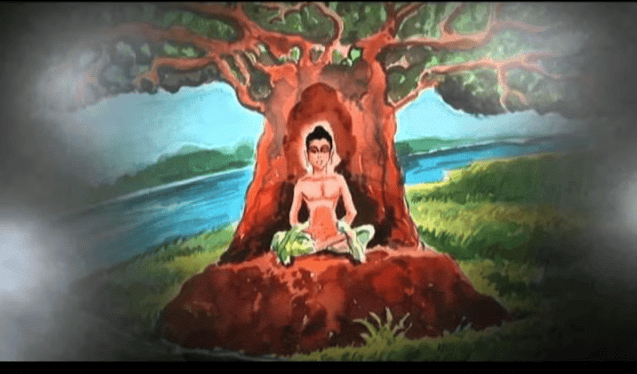 |
|
Card: 30 / 40 |
Tirthankaras are revered teachers in Jainism who guide individuals across the river of existence, representing the path to liberation. |
|
Card: 32 / 40 |
Jainism spread across various regions of India over time, supported by the production of literature by Jain scholars and the preservation of texts in libraries connected to Jain temples. |
|
Card: 37 / 40 |
Fill in the blank: The teachings of Buddha spread to countries such as ___ and ___. |
|
Card: 40 / 40 |
False. He was deeply anguished by the realities of old age, disease, and death. 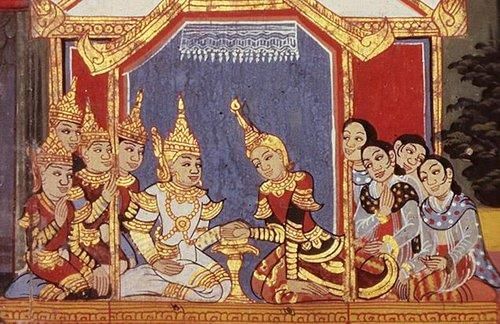 |




